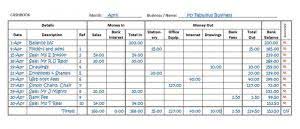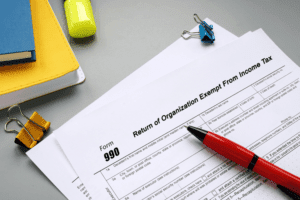Incremental Cost of Capital: What It is, How It Works
Divide $30,000 by 500 and you have an incremental cost of $60 per unit. If the price offered by the customer is at least this much, management should accept the order. From an economic incremental cost perspective, incremental cost embodies opportunity cost—the value of the next best alternative foregone. Imagine a bakery deciding whether to produce an extra batch of croissants. The incremental cost includes not only the flour, butter, and labor but also the potential revenue lost by not using the same resources elsewhere (e.g., making baguettes).
What Do Incremental Costs Include?
Combining it with other decision tools (such as sensitivity analysis or scenario planning) can lead to more robust and informed choices. Remember that context matters, and a holistic view of costs and benefits ensures better decision-making. Remember, incremental cost analysis provides valuable insights into the financial implications of decisions. By considering different perspectives and utilizing tools like cost-benefit analysis, individuals and businesses can make more informed choices that align with their goals and objectives. Keep a spreadsheet with incremental costs noted against different levels of production.
Incremental cost and its effect on pricing
This happens in the real world as prices of raw materials change depending on the quantity bought from suppliers. Here are some incremental cost examples based on different scales of production. The first step in calculating the incremental cost is determining how many units you want to add to your normal production capacity.
- Understanding incremental costs can help a company improve its efficiency and save money.
- These additional charges are reported on the company’s balance sheet and income statement.
- However, the $50 of allocated fixed overhead costs are a sunk cost and are already spent.
- To increase the sales to gain more market share, the company can leverage the lower cost per unit of the product to lower the price from ₹ 25 and sell more units at a lower price.
- Understanding the additional costs of increasing the production of a good is helpful when determining the retail price of the product.
- The incremental cost includes not only the flour, butter, and labor but also the potential revenue lost by not using the same resources elsewhere (e.g., making baguettes).
Most WantedIFRS Terms
Always weigh incremental costs against potential benefits and align them with your goals. From an individual standpoint, incremental cost plays a significant role in personal decision making. This consideration is particularly relevant when budgeting and prioritizing expenses.

Alternatively, the company might use incremental cost figures to decide between making the additional units or contracting out the work to another firm and simply purchasing the required units. A very simple example of incremental cost would be a factory producing widgets where it takes one employee an hour to produce one widget. As a simple figure, the incremental cost of a widget would include the wages for an hour in addition to the cost of materials used in production of a widget. A more exact figure could comprise added costs, like electricity consumed if the factory had to stay open for a longer duration, or the cost for shipping the https://www.bookstime.com/ additional widget to a consumer.
Companies utilize incremental revenue as a comparative measure with their baseline revenue level to calculate their return on investment. They may then determine how much money they can afford to spend on marketing efforts and how much sales volume is required to generate a profit for the company. Incremental cost is the total cost incurred due to an additional unit of product being produced.

Understanding the Concept of Incremental Cost
In the above formula, the total cost of increased production refers to the previous volume and the new units added to it. However, none of it will include the QuickBooks fixed costs since they will not change due to volume fluctuation. Thus, we see that factors taken into consideration in this concept are those that change with production volume. The fixed costs are not considered over here because they remain the same.

Examples of Incremental Revenue
In other words, incremental costs are exclusively determined by the amount of output. Fixed costs, such as rent and overhead, are excluded from incremental cost analysis since they normally do not vary with output quantities. Furthermore, fixed costs can be difficult to allocate to a certain business area. Alternatively, once incremental costs exceed incremental revenue for a unit, the company takes a loss for each item produced. Therefore, knowing the incremental cost of additional units of production and comparing it with the selling price of these goods assists in meeting profit goals.


